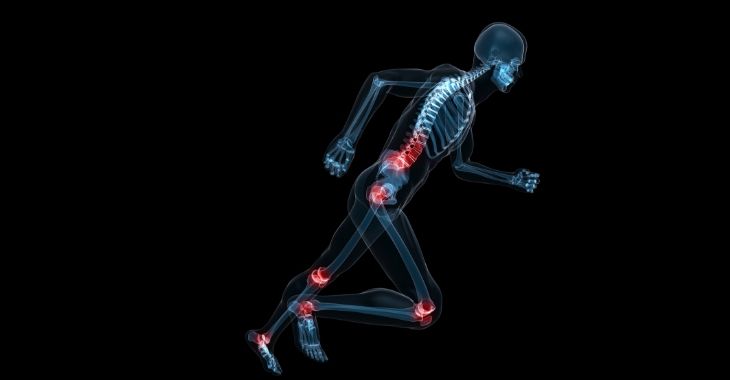Conservative Treatment for Chronic Back Pain
Living with chronic back pain can be physically debilitating and cause significant disruption of your personal life. Seeking an effective method of managing the pain of an injury or degenerative condition can seem like an arduous process, but there is a wide range of treatment options available today. While surgical intervention can be the best possible solution for chronic back pain, it also has the potential to cause further complication and can create the need for long recovery times. For many patients, exhausting the options for more conservative treatment is vastly preferred. Non-surgical, conservative treatments are available for a range of back and spinal cord conditions, and may help you put off or altogether avoid a surgical procedure.
Conservative Treatment Options
Oral medication, supervised exercise and periods of rest can be effective treatment for back and spine pain in many cases. When these treatments prove to be ineffective, however, there are still a wide range of non-surgical options to be explored which may provide significant reduction of pain and mobility issues.
Injection therapy can consist of epidural injections, trigger point injections, nerve root sleeve blocks and sacroiliac joint blocks are all common forms of injection therapy, which are performed by medical professionals with specific training.
For less severe cases or when patients prefer less invasive forms of conservative treatment, medical pain management and physical therapy can be the preferred method. Physical therapy can be comprised of massage, stretching, traction, aquatic therapy and electrical stimulation. In many cases, physical therapy is used as treatment before surgery, but may not necessarily lead to surgical intervention if therapeutic measures are sufficient to relieve pain and restore a reasonable level of normal function.
Posted on behalf of Dr. James Chappuis MD FACS, SpineCenterAtlanta
The information provided on this website, including text, graphics, images, and other materials, is intended solely for informational purposes and should not be used as a substitute for professional medical advice, diagnosis, or treatment.


)